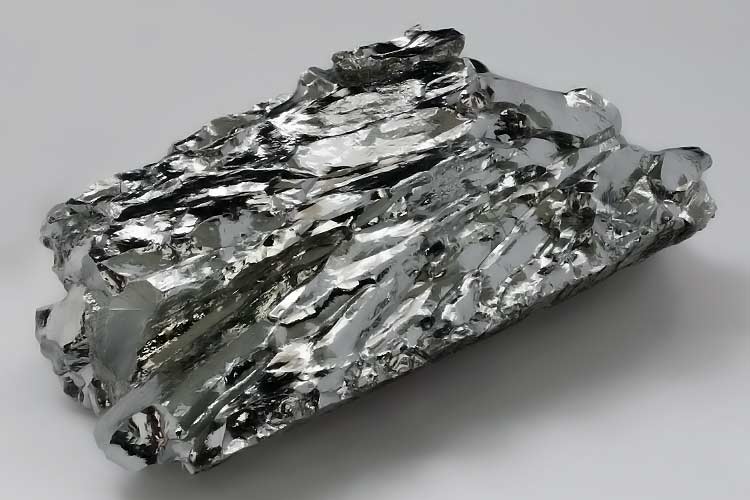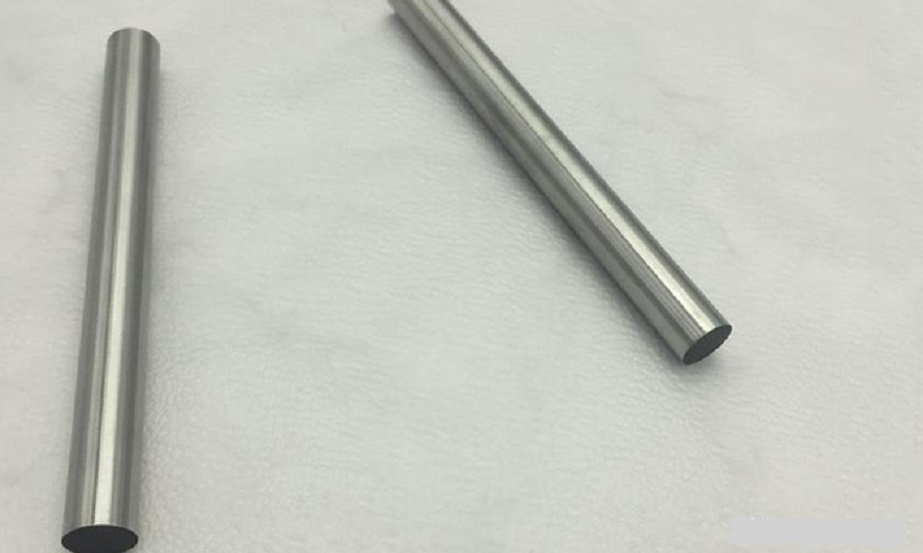
Molybdenum is a transition element with a high melting point, high density (10.23g/cm³), good thermal conductivity, low thermal expansion coefficient, and resistivity, etc. Due to its excellent properties, it is widely used in the steel industry, mold industry, automobile spraying, and other industries. TZM alloy is a common high-temperature alloy in molybdenum-based alloys. Then TZM alloy vs pure molybdenum, what’s the difference? In this article, we’ll try to answer this question.

TZM Alloy vs Pure Molybdenum
TZM alloy is also known as a molybdenum-zirconium-titanium alloy or titanium-zirconium-molybdenum alloy. It is a molybdenum alloy with 0.50% titanium, 0.08% zirconium, and 0.02% carbon. Its commonly used preparation methods are the arc melting-casting method and powder metallurgy technology.
Pure molybdenum is mainly used in high-temperature environments with stricter purity requirements. However, due to its low recrystallization temperature, poor processing performance, high brittleness, and low strength, it is limited in practical applications.
TZM alloy has a density of 10.22g/cm³, a melting point of 2617°C, and a boiling point of 4612°C. The density of pure molybdenum is 10.29g/cm³, the melting point is 2610°C, and the boiling point is 5560°C.
In addition, compared with pure molybdenum, molybdenum-zirconium-titanium alloy has a higher recrystallization temperature and room temperature, and high-temperature strength. This is mainly because a small amount of finely dispersed particle additives prevent molybdenum from growing crystal grains under high-temperature conditions, which significantly increases the recrystallization temperature of the alloy and greatly improves its mechanical properties at both room temperature and high temperature.
Compared with pure molybdenum, the initial recrystallization temperature and final recrystallization temperature of TZM alloy are increased by 500°C and 450°C, respectively.
TZM alloy can be used to make rocket nozzles, radiation shields, electron tube cathodes, and gas valve bodies in torpedo engines. Pure molybdenum wire is generally used in high-temperature electric furnaces, electric discharge machining, and wire cutting; the molybdenum sheet is used to make radio equipment and X-ray equipment; molybdenum crucibles are mainly used in the manufacture of gun chambers and rocket nozzles.
Thank you for reading our article and we hope it can help you have a better understanding of the TZM alloy and pure molybdenum. If you want to learn more about molybdenum metal and molybdenum alloys, we would like to advise you to visit Advanced Refractory Metals (ARM) for more information.
Headquartered in Lake Forest, California, USA, Advanced Refractory Metals (ARM) is a leading manufacturer & supplier of refractory metals & alloys across the world. It provides customers with high-quality refractory metals & alloys such as molybdenum, tantalum, rhenium, tungsten, titanium, and zirconium at a very competitive price.
Copyright © 1994-2024 Advanced Refractory Metals owned by Oceania International LLC, All Rights Reserved.